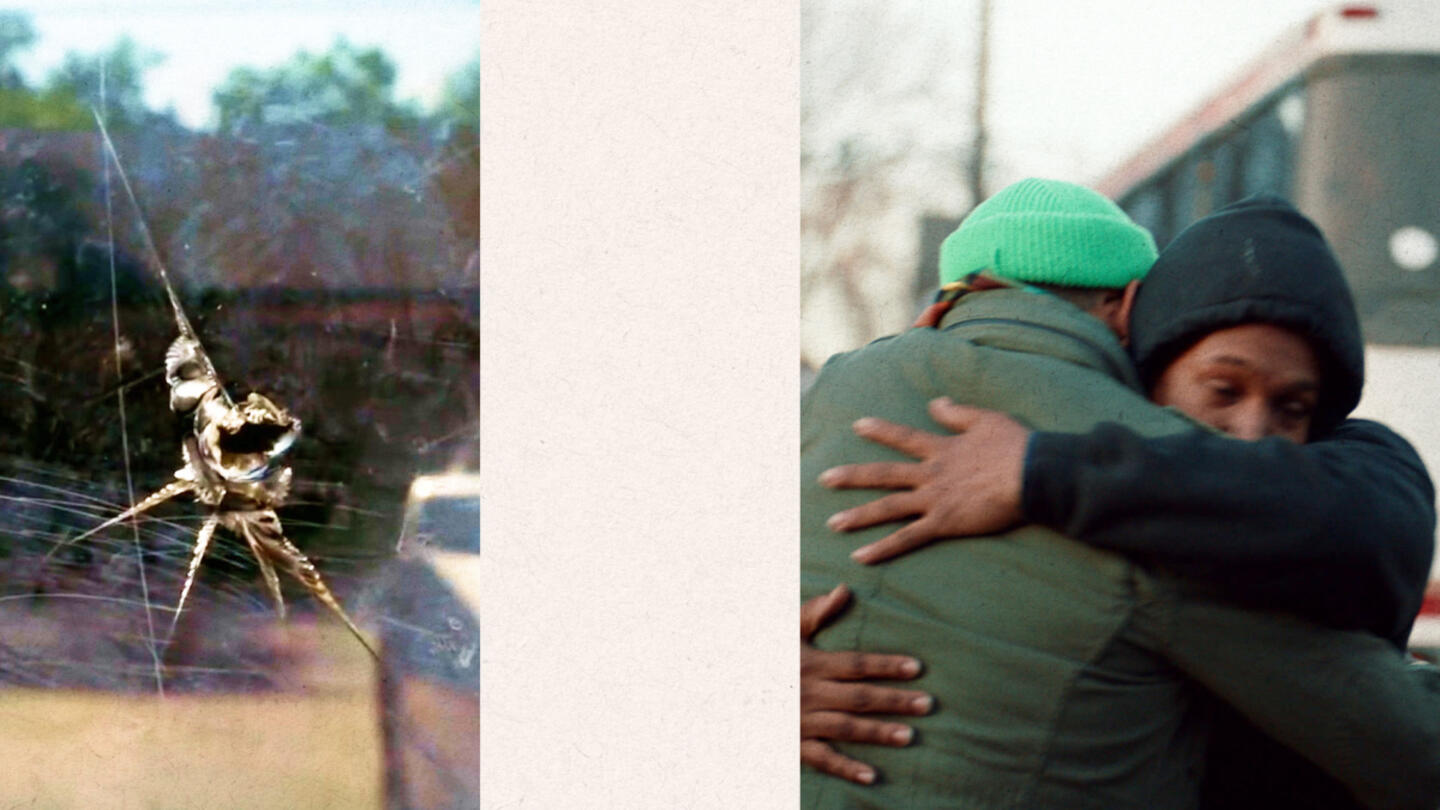With shootings and violence on the news seemingly every night, many Americans are asking, “Is violent crime just inevitable?”
It’s not hard to see why they might think so: With a homicide rate seven times higher than other comparably wealthy nations, the United States has some work to do.
The good news? Efforts are already underway. These leaders are working on reducing violent crime using innovative solutions. Though they’re working in different fields, they have one important thing in common: They believe that by starting in the communities affected most, they can design solutions that are more sustainable and positioned to curb violence for good.
“When people don’t know what works, they assume that nothing does,” said Thomas Abt, researcher and founding director at the University of Maryland’s Violence Reduction Center. “But here’s the thing: If you follow the facts and data, it doesn’t have to be this way.”
The bigger story behind community violence data
At the Violence Reduction Center, Abt spends a lot of time staring at maps of the United States covered in bright red dots that correspond to a long list of data points. It’s a lot of numbers and grids, but they represent some surprising and very palpable insights about violent crime.
“Violent crime is a complicated but not intractable problem,” Abt said. “Community violence is sticky, meaning that it sticks together or clusters among a surprisingly small number of people and places.”
What does that translate to in everyday terms? In most cities, less than 1% of the population is responsible for around 75% of homicides.
Take Boston, Massachusetts. There, 75% of shootings are sequestered to just 5% of streets across the city. Those numbers and data points clearly tell a larger story about community relations — and Abt and his team want to take the time to uncover it.
“It’s a specific housing project,” said Abt. “It’s a specific liquor store. It’s a specific nightclub on a specific night. We’re seeing this dynamic in every city. To solve a sticky problem, you need a sticky solution — or a number of sticky solutions.”
Abt’s work in statistics sounds theoretical, but it has real-world applications. Research shows that the best way to “stick” is to start on the streets themselves and work with the people living in these high-crime areas. By taking a realistic view of where crime is concentrated, researchers and law enforcement officials can design solutions that address the underlying conditions in those specific neighborhoods rather than one-size-fits-all, blanket tactics.
As Abt puts it: “Science tells us that when police collaborate with communities and focus on specific high-risk individuals, they can have a positive presence and control crime.”
In other words? There’s a story behind the data — and by looking closely, law enforcement can rewrite it.
How an unlikely pair is rewriting the narrative around criminals and police
These insights are being tested in Dallas, Texas, where Police Chief Eddie Garcia used insights into local communities to create a bold new approach to tackling violence.
“When I started here in the City of Dallas, there was no question that one of the priorities here was to reduce violent crime,” said Garcia, who served as Dallas chief of police from 2021 to 2024. But it was clear that the typical methods of ramping up aggressive tactics weren’t working: “We’re not going to arrest our way into a safer Dallas because what happens is officers go into their corner, the communities go into their corner, and then there’s no one in the middle keeping our communities safe. We can’t do this on our own.”
Instead of simply increasing police presence and vigilance in high-crime areas, Garcia turned to perhaps the most unlikely collaborator of all: the former head of the Bloods gang in Dallas, Antong Lucky. Garcia proposed working together toward a common goal of keeping Dallas communities safe, and Lucky was all ears.
“If you really want to stop violence in the community, you gotta bring everyone to the table and build trust between law enforcement and communities,” said Lucky.
After spending seven years in prison, Lucky cofounded an organization dedicated to ending gang violence for good. Urban Specialists, of which Lucky is now president, works to improve communication and productive collaboration between law enforcement and the local groups they work with most. Through prison visits, town halls, and community events, both sides can openly discuss the assumptions they might hold about each other and identify the common values that unite them.
“It’s slowly peeling back those walls, and it’s allowing the community to see law enforcement as human beings,” said Lucky. “Interestingly, it is [also] allowing law enforcement to see those people in communities as human beings.”
Through partnering with Urban Specialists, Garcia found a way to bring law enforcement officers to the table. Together, both organizations have been collaborating to facilitate conversations that are bridging the divide between law enforcement and the communities most impacted by violent crime.
“It’s these types of partnerships that will move the needle to make Dallas one of the safest large cities in this country,” Garcia said.
And it’s working: Violent crime dropped over 30% in Dallas compared with the previous three-year period, due in large part to increasing levels of trust between law enforcement and local communities. Thanks to Urban Specialists’ events, local community members think differently about the Dallas police and associate them with camaraderie and innovation — not violence and fear.
“As a result of this partnership, you’re seeing an increased presence of law enforcement, where they’re not just showing up in a 911 crisis moment,” Lucky said.
It turns out that the secret ingredient to curbing community violence may have been right in front of our eyes all along. By focusing on the people most impacted by crime, law enforcement and local community leaders can work together to focus on individuals most in need of support.
Sign up for the Stand Together newsletter and get stories, ideas, and advice from changemakers to help you tackle America’s biggest problems.
Using restorative justice to end the cycle of violence — for good
But what about the young people who are already caught up in a cycle of violence and crime, who seem to be headed to an inevitable future of incarceration?
For too many young people, one mistake can end up defining them for the rest of their lives: After just one conviction, juveniles are three times more likely to re-offend. According to Cliff Nellis, the founder of Lawndale Christian Legal Center, this isn’t a morality crisis. It’s the result of a justice system that traps young people.
“What’s broken with the criminal justice system and how it relates to youth [is that] it’s not equipped to see youth as youth,” Nellis said. “It is laws and punishments. That’s it.”
Nellis’ law firm is helping to break the cycle of violent crime before it even starts. Besides providing legal defense to youth under 25, the firm also uses “restorative justice” as an alternative to incarceration. In this process, both offenders and victims engage in a group conversation. It allows offenders to gain a deeper understanding of how their actions affect victims while enabling them to be recognized as individuals instead of criminals.
“What happens in a restorative justice healing circle is it creates a space for everybody to be vulnerable, [and] open to experiencing forgiveness, healing, accountability,” said Nellis.
This process helps unlikely pairs like Ed and Guillermo. After joining a gang just out of high school, Ed assaulted Guillermo. The story might have ended there, with both sides harboring contempt and misunderstanding, if they hadn’t chosen to come together in a restorative justice healing circle.
“The first thing I remember saying to Guillermo was, ‘I’m sorry,’” said Ed. “When I said I was sorry, this man saw grace and mercy in me, and his next response was, ‘Are you OK?’ And I put my head down, and I just busted in tears.”
“Real transformation takes place in the healing circle because you have a greater understanding of what happened and a greater human connection to the people impacted by it,” Nellis said. “Through that, both the victim is restoratively healed, the defendant takes a more meaningful, personal level of accountability, and the community comes together to support that process.”
The Lawndale Christian Legal Center helps over 300 juveniles and young adults each year — and 89% of them have not returned to crime.
“We believe that every human being has value and that although young people make mistakes — particularly in their formative years — they still have hope in the future,” Nellis said. “When we teach young people empowerment, they start to see possibilities beyond what may be right in front of them, and their vision for their life expands.”
Violence impacts us all by decreasing the safety of our overall communities and making it harder for individuals to escape the cycle of violence, crime, and poverty. At times, that cycle can seem demoralizing and inevitable, but these leaders are showing there’s another way. It starts with working with local communities and targeting those most immediately impacted by community violence. From there, we can make our communities safer for all.
“The goal isn’t to arrest our way out of this,” Garcia said. “The goal is to have less victims.”
As encouraging as the work of these individuals is, there’s still a lot more to be done.
“When you look at the reduction of violent crime here in the City of Dallas the last two years, I take a deep breath,” Garcia said. “But that’s about it. Because there’s no rest. We have to continue to rise and grind.”
The Stand Together community partners with changemakers who are tackling the root causes of America’s biggest problems.
Learn more about Stand Together’s criminal justice efforts and explore ways you can partner with us.
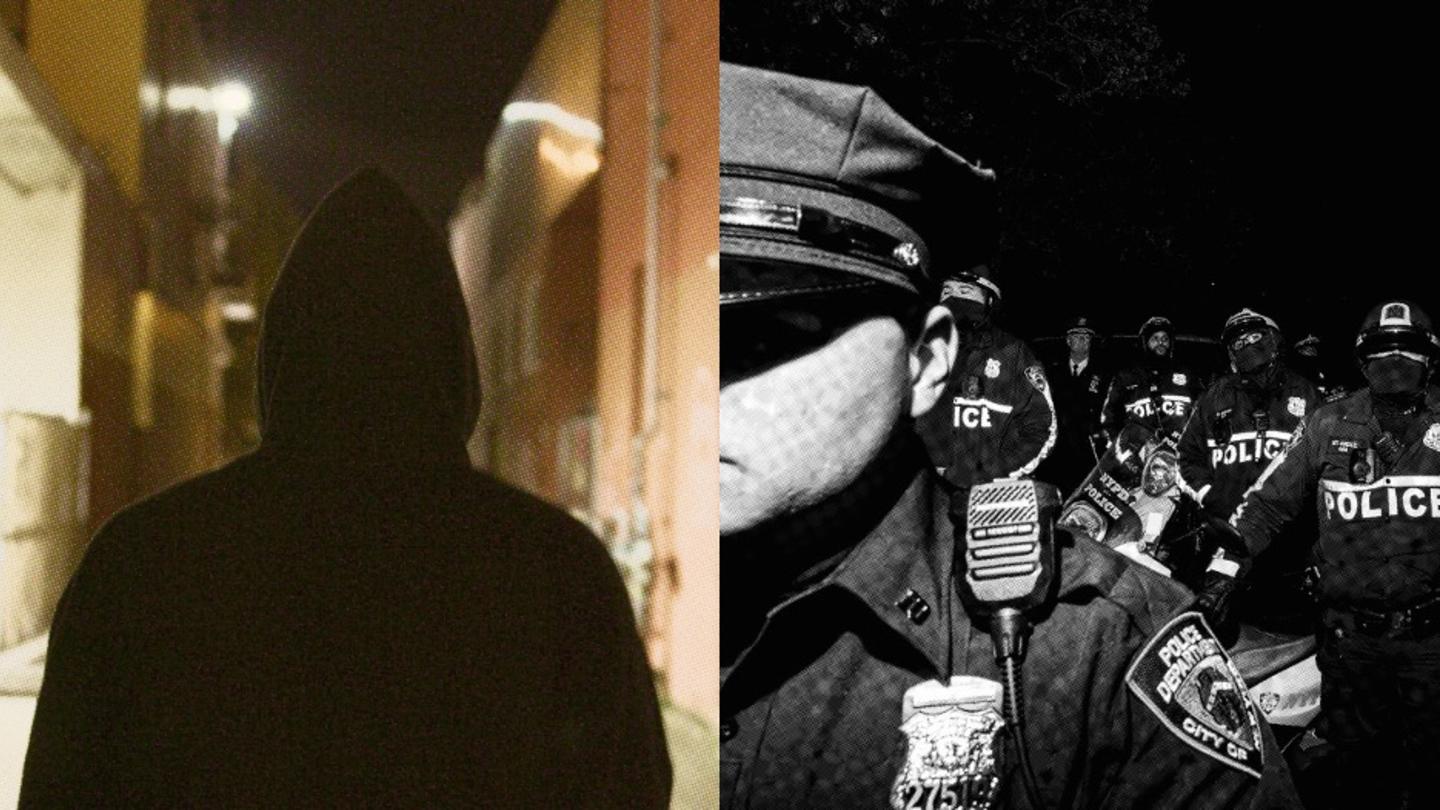
We already have a key to reducing violent crime, according to this former law enforcement officer turned leading policy researcher.
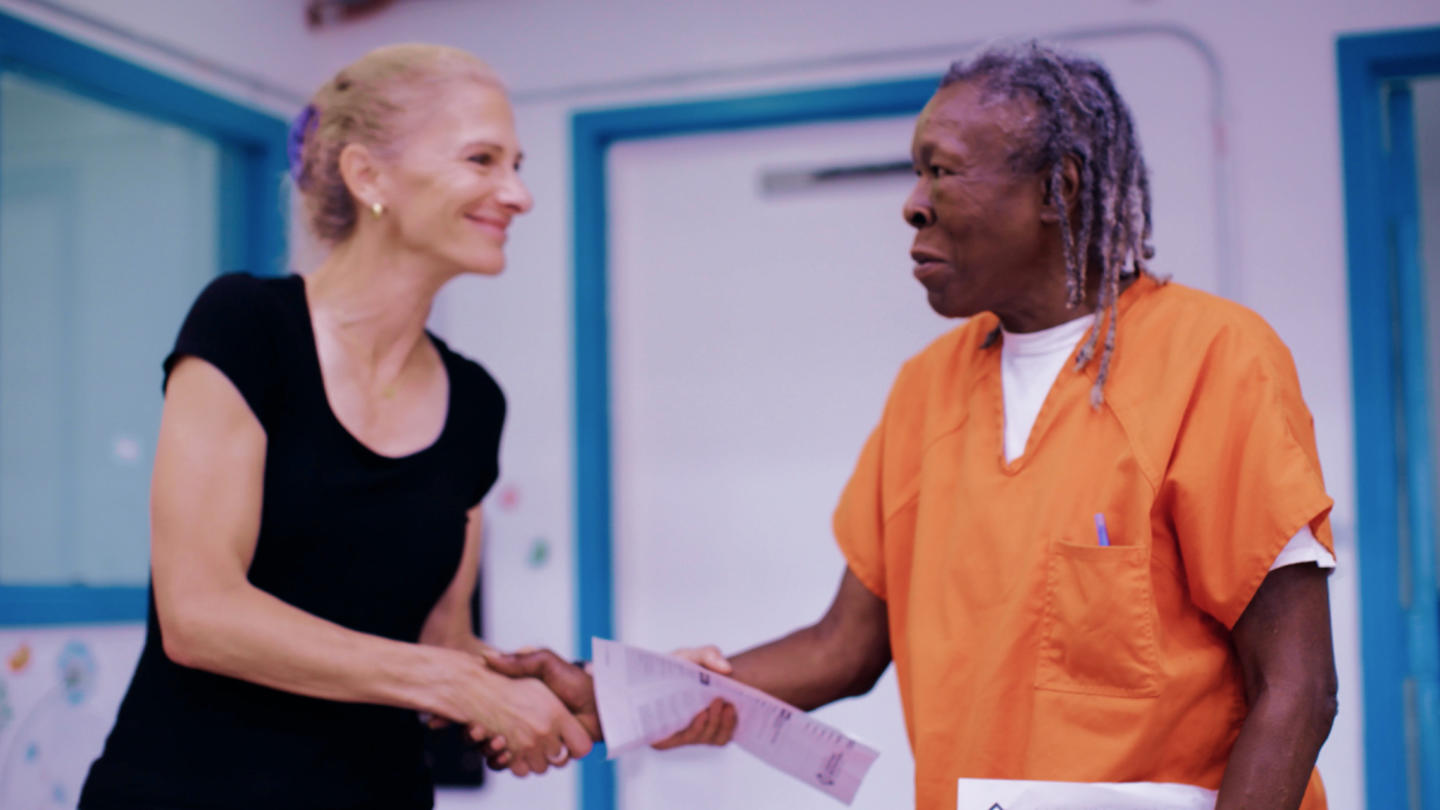
The Frederick Douglass Project uses face-to-face conversations in prison to unlock possibilities for everyone.
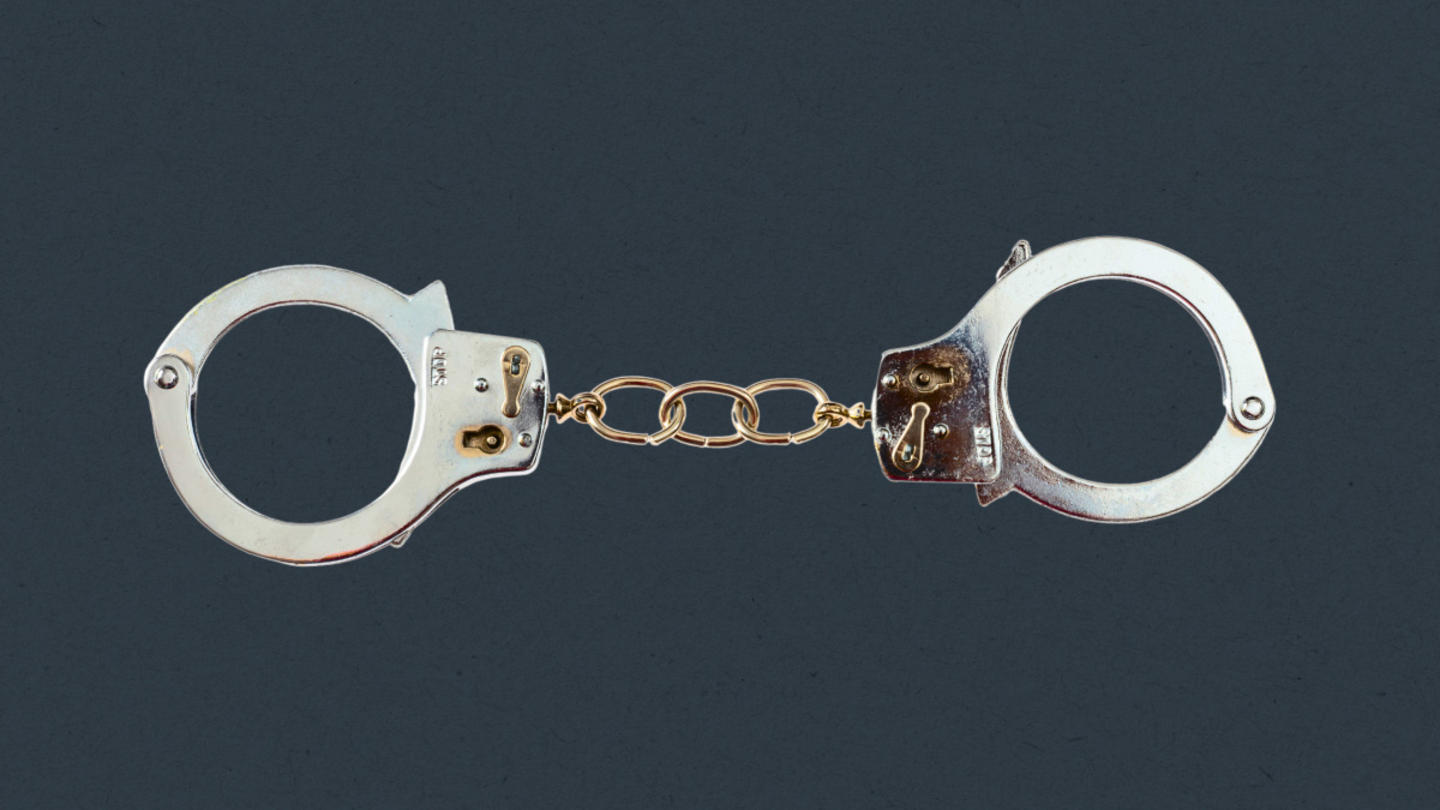
About half of people leaving prison or jail will return. These five nonprofits want to change that.
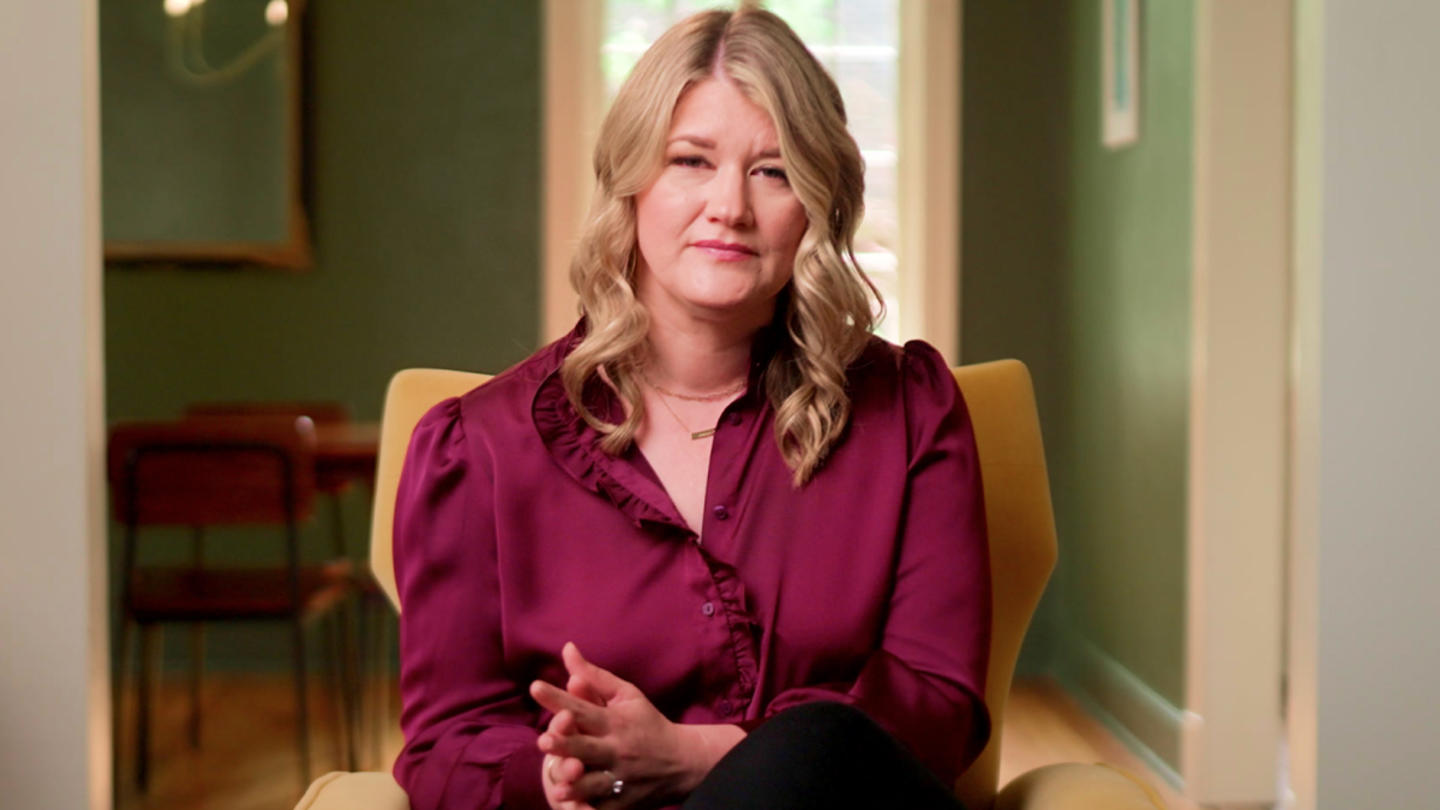
The founder of End it for Good says the war on drugs has failed. Here’s why.
